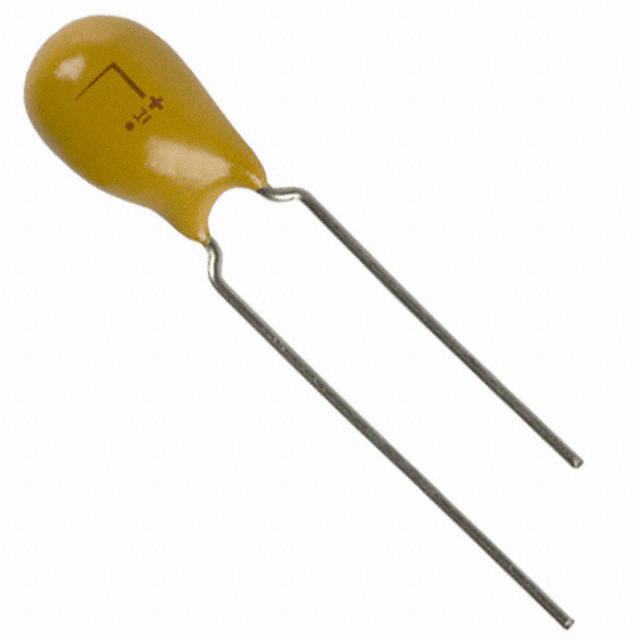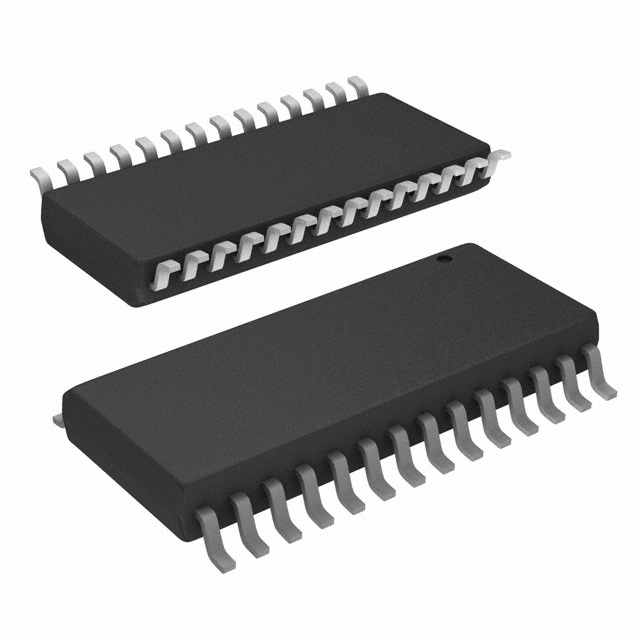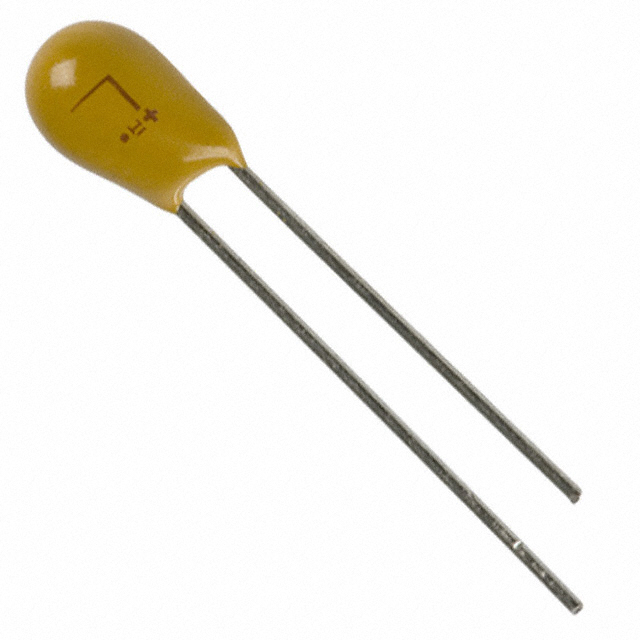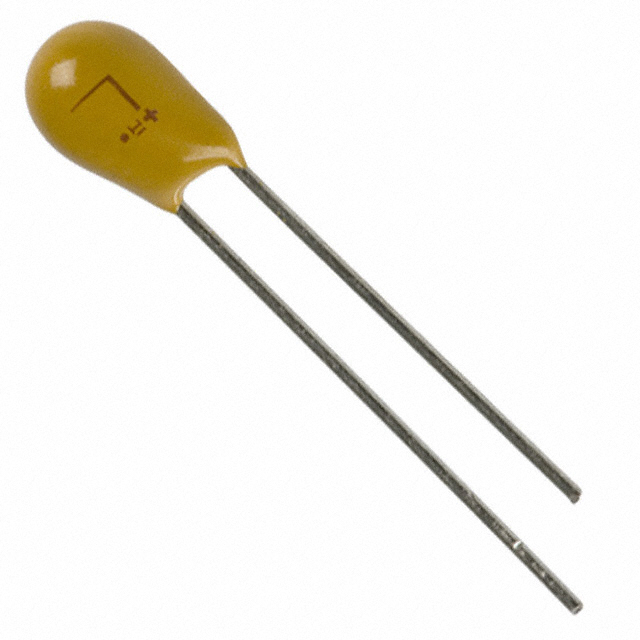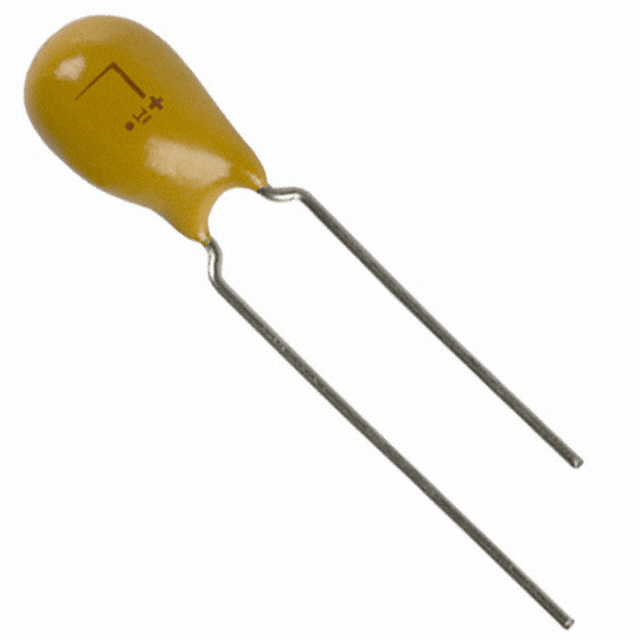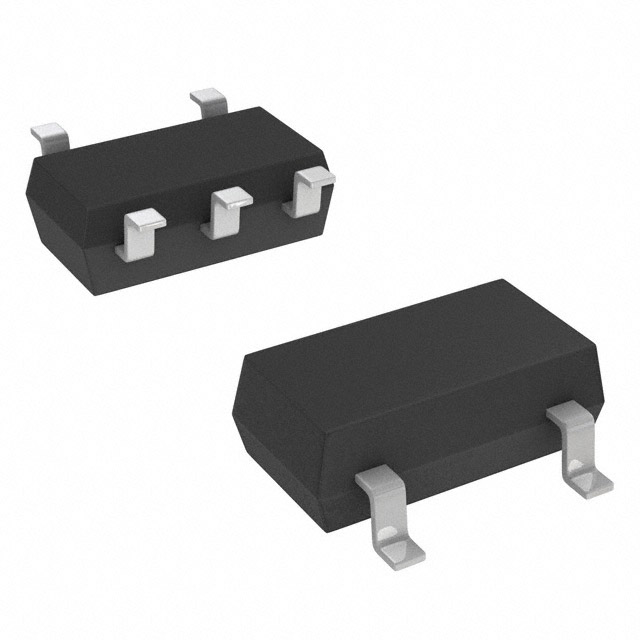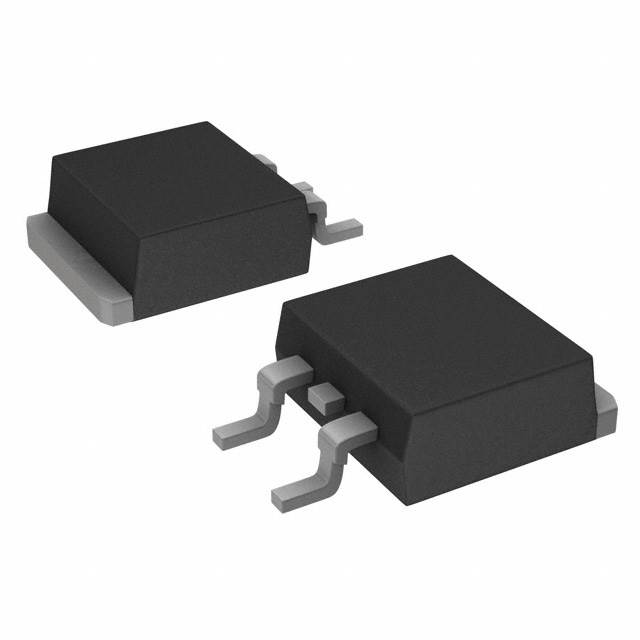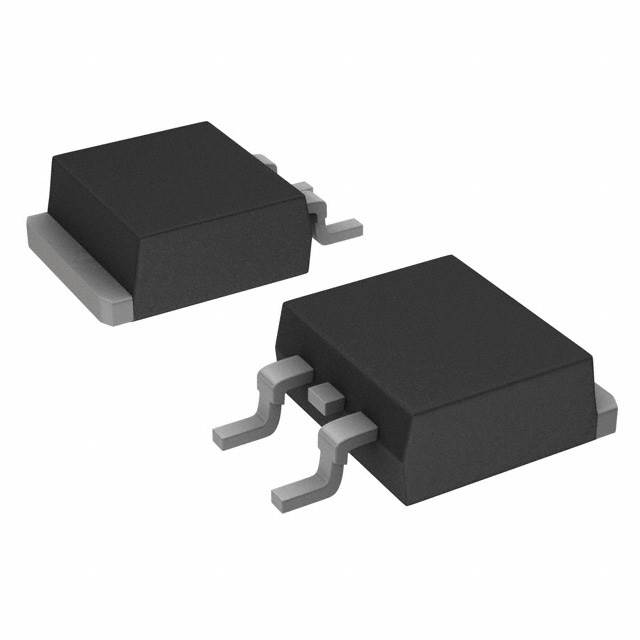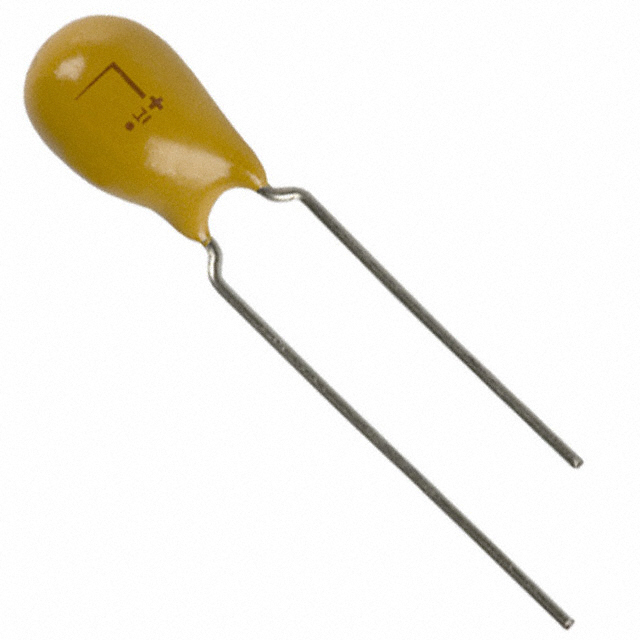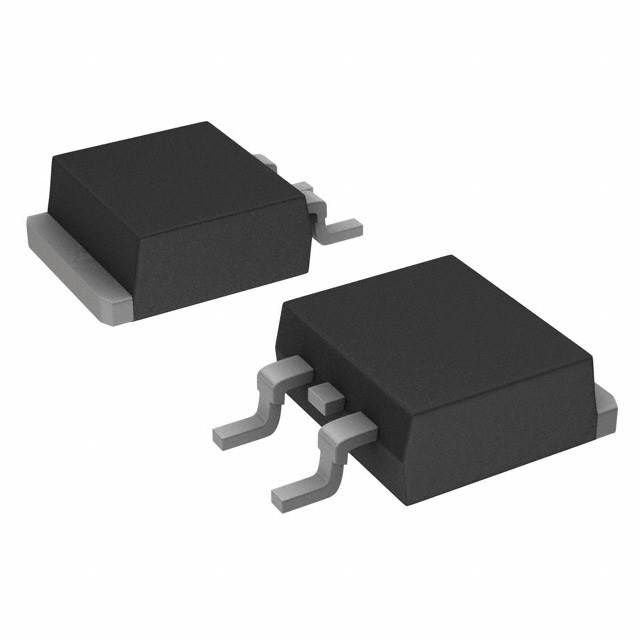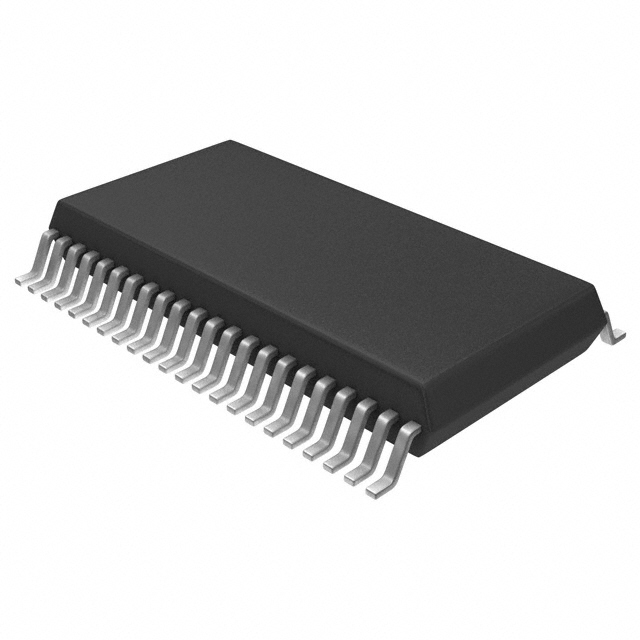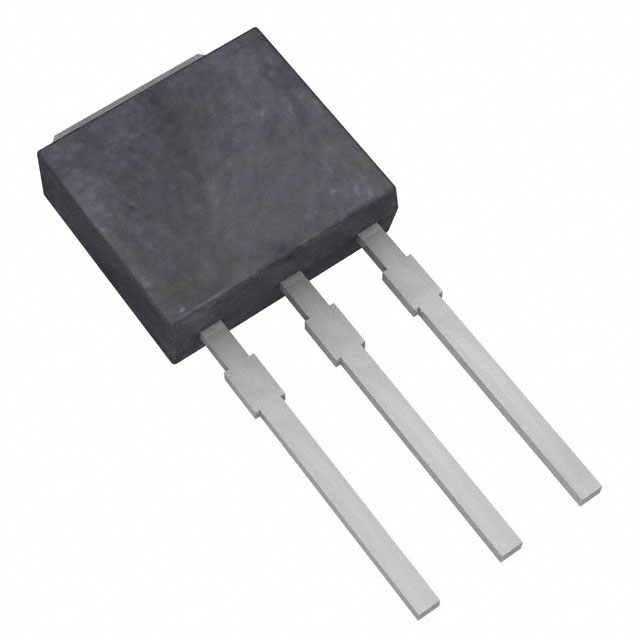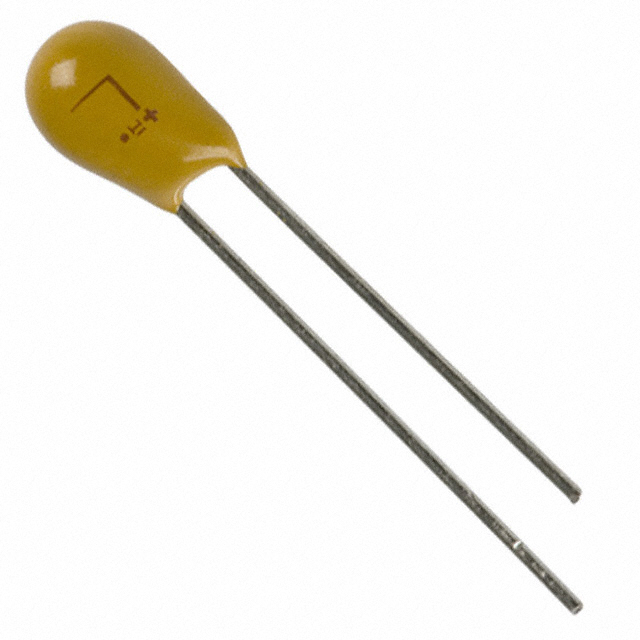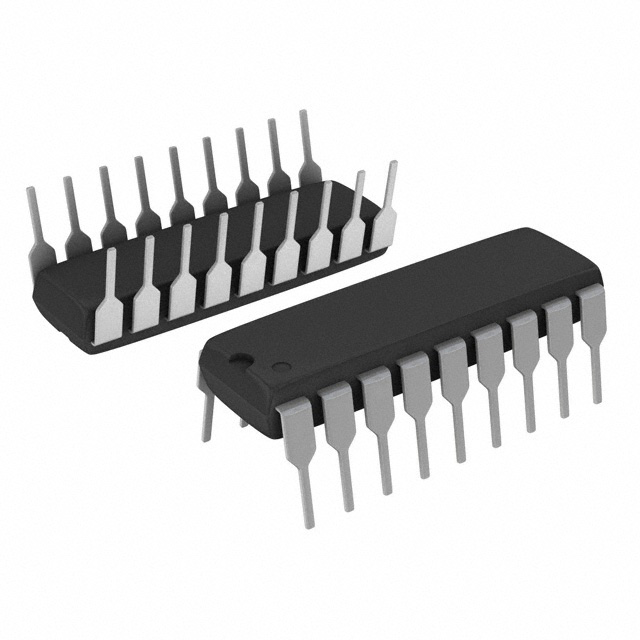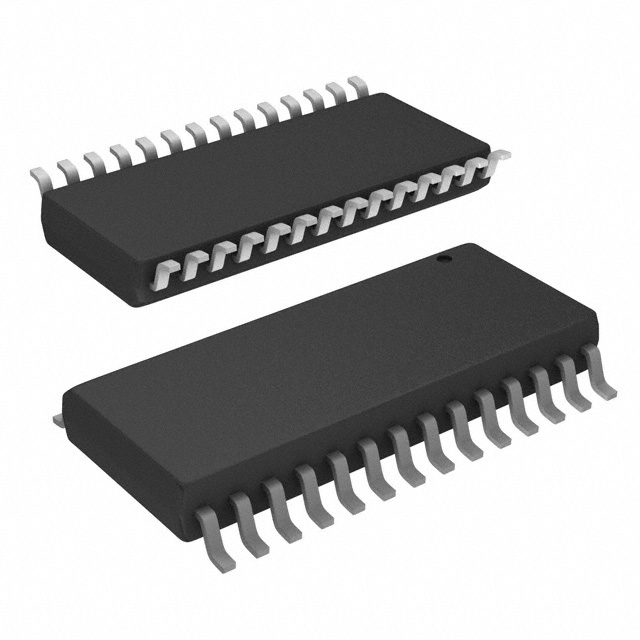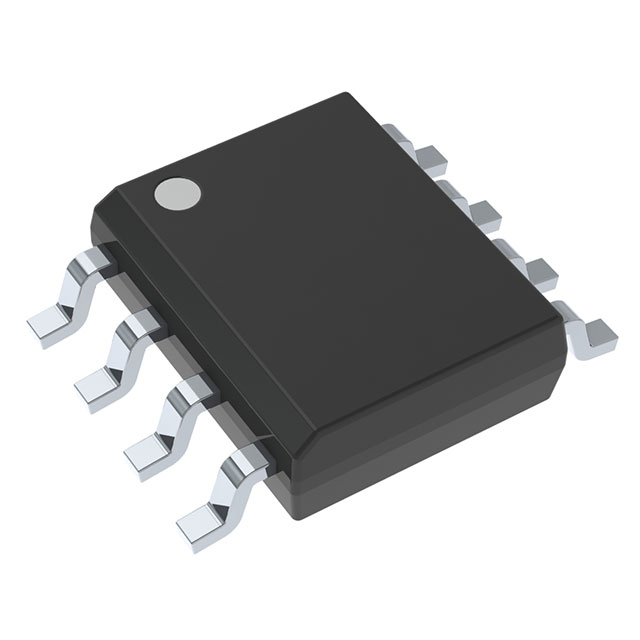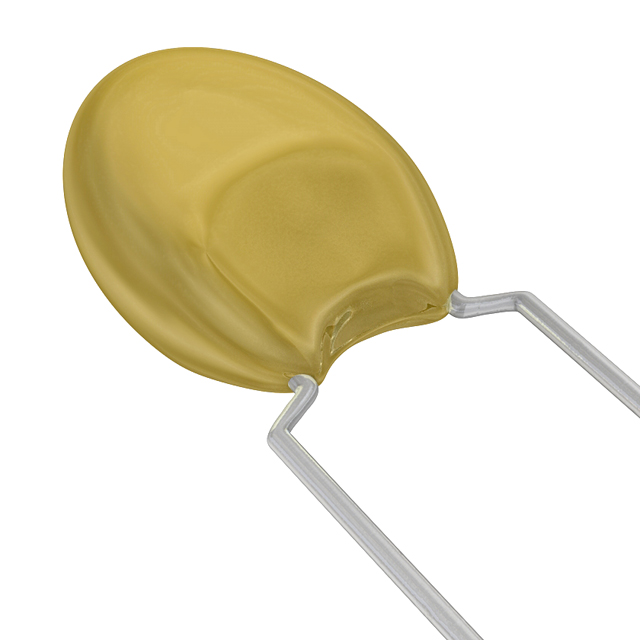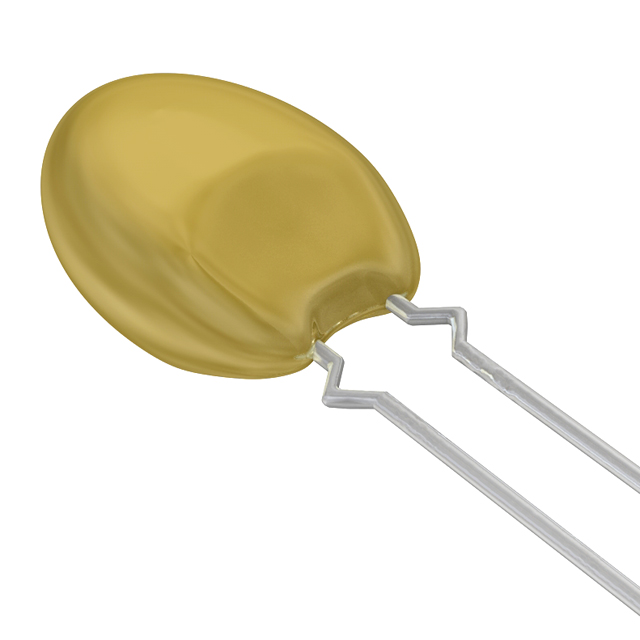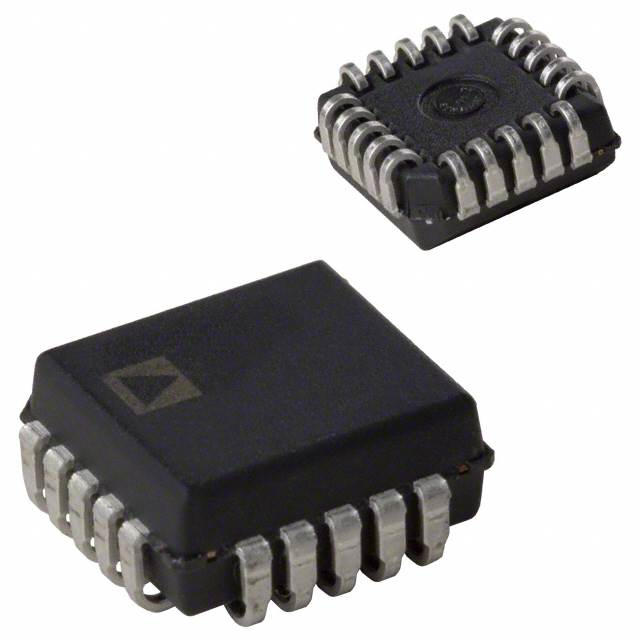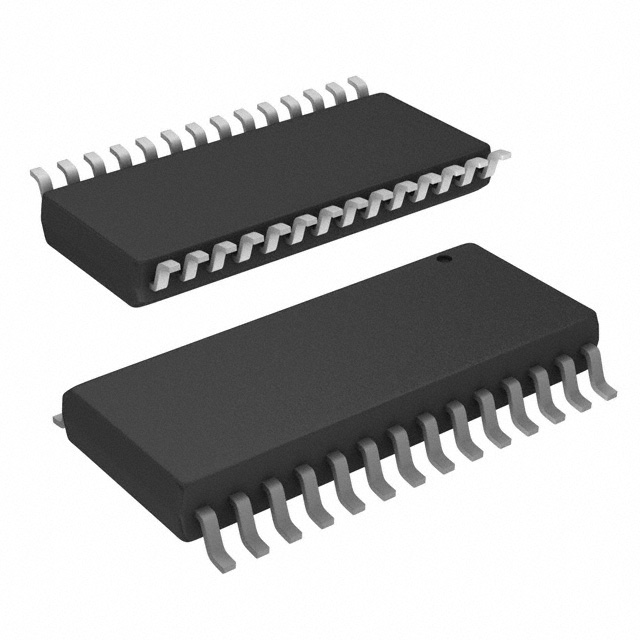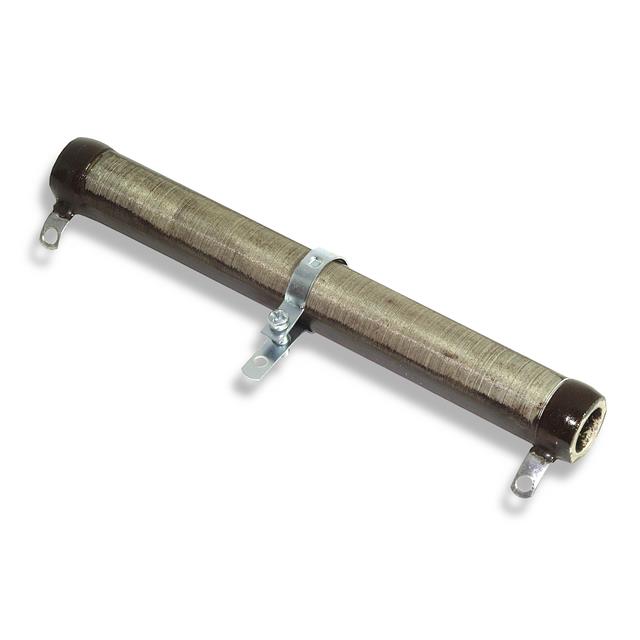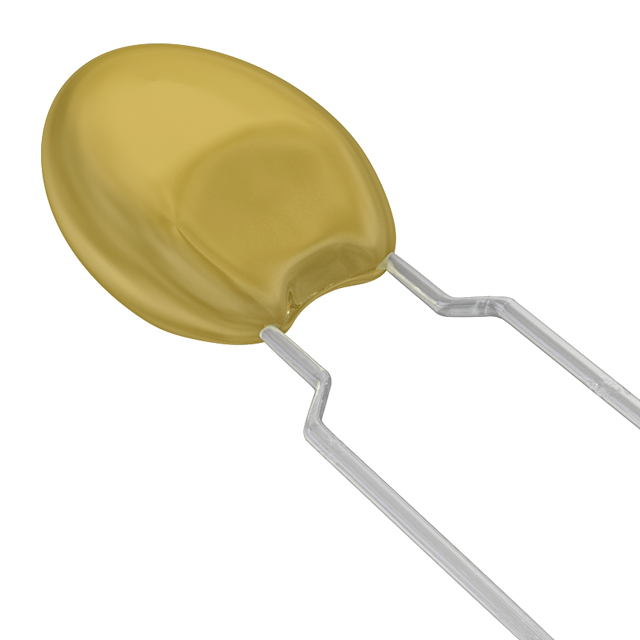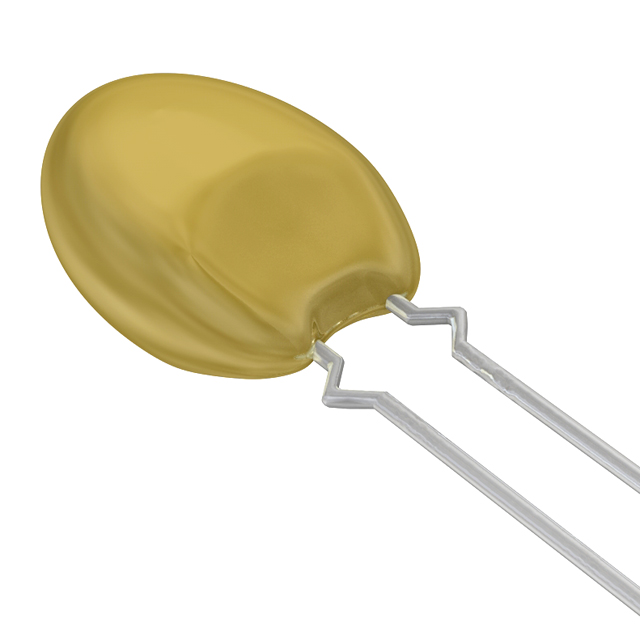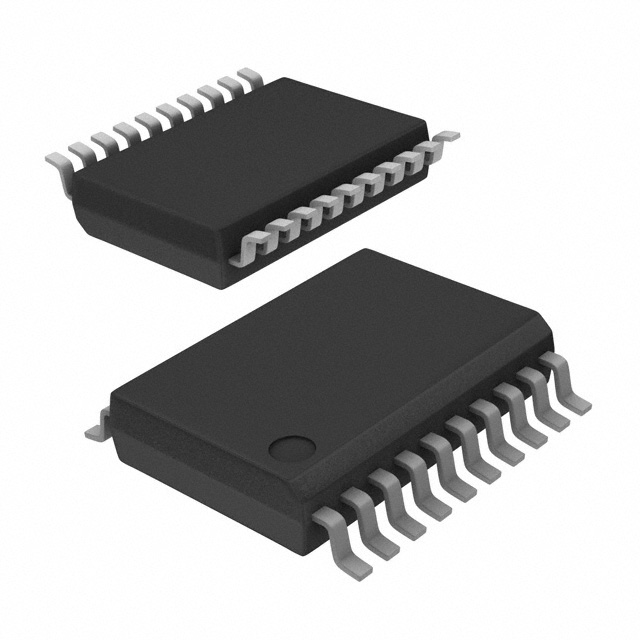
Application Development in Reflective Analog Output for 2N5064: Key Technologies and Success StoriesThe 2N5064 is a robust N-channel MOSFET that plays a crucial role in various analog output applications. Its characteristics make it suitable for high-performance tasks, particularly in environments requiring efficient signal processing and control. Below, we explore the key technologies that enable effective application development with the 2N5064, along with notable success stories that illustrate its impact across different industries.
Key Technologies1. MOSFET Technology 2. Analog Signal Processing 3. Feedback Control Systems 4. Microcontroller Integration 5. Signal Conditioning 6. Thermal Management 1. Industrial Automation 2. Audio Amplification 3. Sensor Interfaces 4. Power Management Systems 5. Robotics Success Stories ConclusionThe 2N5064 MOSFET is a versatile and powerful component that has significantly impacted various fields due to its efficiency and reliability in handling analog signals. By leveraging key technologies such as microcontroller integration, feedback control systems, and effective signal conditioning, developers have successfully created reflective analog output systems that meet the demands of modern applications. The success stories in industrial automation, audio amplification, sensor interfaces, power management, and robotics underscore the potential of the 2N5064 in driving innovation and efficiency in electronic designs. As technology continues to evolve, the 2N5064 will likely remain a cornerstone in the development of advanced analog output solutions.

Core Functional Technology of Photo Detectors - Logic OutputPhotodiodes and Phototransistors: These components are fundamental to photo detectors. Photodiodes generate a current in response to light, while phototransistors can amplify this signal, both of which can be interpreted as digital logic levels.Photodiodes and Phototransistors: These components are fundamental to photo detectors. Photodiodes generate a current in response to light, while phototransistors can amplify this signal, both of which can be interpreted as digital logic levels.Analog to Digital Conversion (ADC): Some advanced photo detectors integrate ADCs to convert the analog signals from photodiodes into digital outputs, enhancing the precision of the logic signals.Analog to Digital Conversion (ADC): Some advanced photo detectors integrate ADCs to convert the analog signals from photodiodes into digital outputs, enhancing the precision of the logic signals.Presence Detection: In conveyor systems, photo detectors can identify the presence of items. The logic output can trigger alarms or halt operations if an item is missing, enhancing safety and operational efficiency.Presence Detection: In conveyor systems, photo detectors can identify the presence of items. The logic output can trigger alarms or halt operations if an item is missing, enhancing safety and operational efficiency.Emergency Stop Systems: Photo detectors can be installed in safety barriers. If the light beam is interrupted, the system can activate an emergency stop, significantly reducing the risk of accidents.Emergency Stop Systems: Photo detectors can be installed in safety barriers. If the light beam is interrupted, the system can activate an emergency stop, significantly reducing the risk of accidents.Automatic Lighting Systems: Photo detectors can be integrated into smart lighting solutions to automatically adjust lighting based on ambient light levels, promoting energy efficiency.Automatic Lighting Systems: Photo detectors can be integrated into smart lighting solutions to automatically adjust lighting based on ambient light levels, promoting energy efficiency.Patient Monitoring: In healthcare, photo detectors can monitor vital signs by detecting changes in light absorption through the skin, offering non-invasive monitoring options that improve patient care.Patient Monitoring: In healthcare, photo detectors can monitor vital signs by detecting changes in light absorption through the skin, offering non-invasive monitoring options that improve patient care.- Signal Conditioning: This process involves amplifying and filtering the output signal to ensure it remains stable and reliable under varying environmental conditions, such as changes in light intensity or temperature. - Integrated Circuits (ICs): Modern photo detectors often include ICs that manage the logic output, simplifying the integration with microcontrollers and digital systems, and reducing the need for external components.
Application Development Cases- Optical Sensors for Positioning: In robotic applications, photo detectors can detect light interruptions to ascertain the position of components, facilitating precise movements and operations.
- Intrusion Detection: In security applications, photo detectors can create invisible barriers. When the beam is broken, an alarm can be triggered, alerting to potential intrusions.
- Gesture Recognition: Some consumer devices utilize photo detectors to interpret hand gestures, enabling touchless control and enhancing user interaction.
Effective Development Strategies ConclusionPhoto detectors with logic output, such as the CFR-25JB-52-13R, are integral to modern technological solutions across various sectors. Their capability to convert light into digital signals facilitates a broad spectrum of applications, from industrial automation to consumer electronics. By harnessing advancements in photodetection technology and integrating them into innovative systems, developers can create effective solutions that enhance safety, efficiency, and user experience. The ongoing evolution of these technologies promises to unlock even more applications and improvements in performance, making photo detectors a vital component in the future of automation and smart systems.
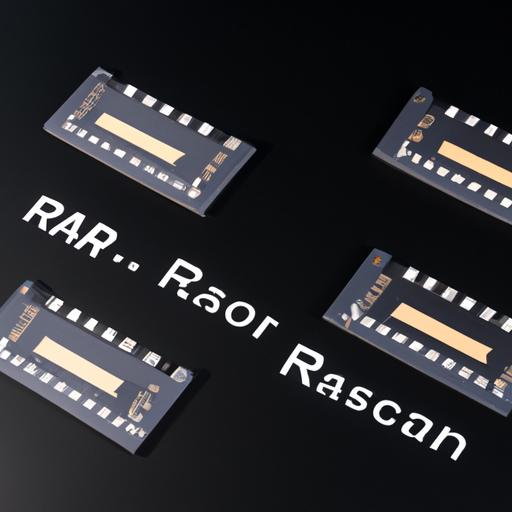
Application Development in Phototransistors for CFR-25JB-52-13K: Key Technologies and Success StoriesPhototransistors, such as the CFR-25JB-52-13K, are essential components in modern electronics, converting light into electrical signals with high sensitivity and amplification capabilities. Their versatility has led to widespread adoption across various industries. Below, we explore key technologies that enhance their functionality and notable success stories that highlight their applications.
Key Technologies1. Optoelectronic Integration2. High-Speed Response3. Sensitivity and Range4. Low Power Consumption5. Microfabrication Techniques6. Signal Processing1. Consumer Electronics2. Automotive Applications3. Industrial Automation4. Medical Devices5. Environmental Monitoring6. Smart Home Technology Success Stories ConclusionThe CFR-25JB-52-13K phototransistor exemplifies the versatility and potential of phototransistor technology across various industries. With ongoing advancements in materials, design, and integration techniques, the future of phototransistor applications looks promising. These developments pave the way for innovative solutions in consumer electronics, automotive systems, industrial automation, medical devices, and environmental monitoring, ultimately enhancing the functionality and efficiency of modern electronic systems.

CFR-50JB-52-13K Photodiodes: Core Functional Technology and Application Development CasesThe CFR-50JB-52-13K is a specific model of photodiode that exemplifies the core functional technology of photodiodes, which are semiconductor devices that convert light into electrical current. Below, we delve into the fundamental principles of photodiodes and explore various application development cases that highlight their versatility and effectiveness.
Core Functional Technology of Photodiodes1. Basic Operation2. Types of Photodiodes3. Key Parameters4. Wavelength Sensitivity5. Integration with Electronics1. Optical Communication2. Medical Devices3. Industrial Automation4. Environmental Monitoring5. Consumer Electronics6. Solar Energy Application Development Cases ConclusionPhotodiodes, including the CFR-50JB-52-13K model, are vital components in a wide array of technological applications. Their ability to convert light into electrical signals makes them indispensable in fields such as telecommunications, healthcare, industrial automation, environmental monitoring, consumer electronics, and renewable energy. As advancements in technology continue, the development of more sensitive, faster, and efficient photodiodes will pave the way for further innovations across multiple industries, enhancing their impact on everyday life and technological progress.


